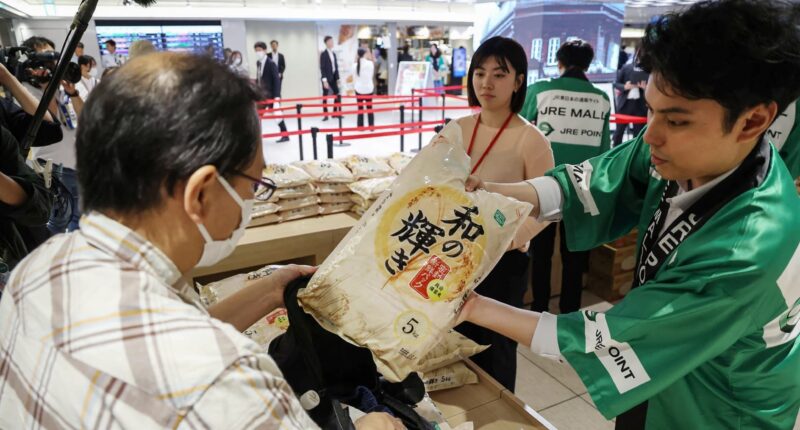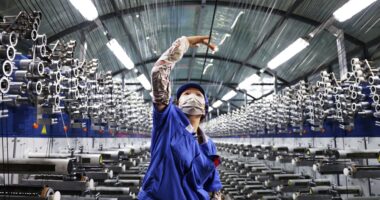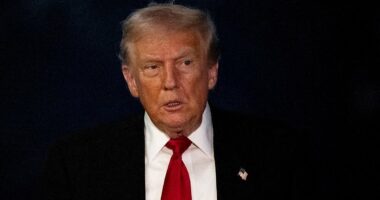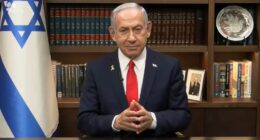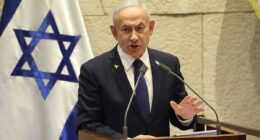Share this @internewscast.com
A customer visits a store at Togoshi Ginza shopping street in Tokyo on January 23, 2025.
Philip Fong | Afp | Getty Images
Japan’s core inflation cooled to 3.3% in June, coming down from a 29-month high of 3.7% as rice inflation showed signs of easing.
The figure — which strips out costs for fresh food — was in line with the 3.3% expected by economists polled by Reuters.
The headline inflation rate in the country dropped to 3.3%, coming down from 3.5% in May, but marking the 39th straight month that inflation has run above the Bank of Japan’s 2% target.
The so-called “core-core” inflation rate, which strips out prices of both fresh food and energy and is closely monitored by the BOJ, climbed to 3.4% from 3.3% in the month before.
Rice prices, which have seen their fastest rate of increase in over half a century in May, saw a slight easing to a 100.2% increase year over year, compared to the 101.7% jump in May.
Rice prices have begun to decline after the government released its stockpiles earlier this year, although prices remain elevated.
Japan had struggled with rising rice prices over the second half of 2024 and the first half of 2025 due to poor harvests in 2023.
Harumi Taguchi, Principal Economist at S&P Global Market Intelligence, said that while the June results were in line with expectations, inflationary pressures persist, particularly for items not subsidized by the government.
However, he expected inflation to continue moderating, helped by the dispatch of rice stocks and measures to contain energy prices during the summer.
“However, if yen depreciation persists, the rise in import prices could lead to higher prices. Continued vigilance in consumer spending is expected as real wages decline and uncertainties loom over the economic landscape.”
Krishna Bhimavarapu, APAC Economist at State Street Investment Management, also welcomed the easing inflation, but pointed out that higher tariffs further complicate the outlook for Japan.
Bhimavarapu forecasted GDP growth to average 0.4% year over year in 2025.
“Even though we expect another hike from the BOJ this year, our conviction is weakened,” he said, adding “resultingly, market anxiety about the elections could spill into higher volatility and that is a key risk ahead.”
Japan goes to the polls for an Upper House election on July 20, with Nikkei reporting that Prime Minister Shigeru Ishiba’s governing coalition may lose its majority.
Japan is also grappling with growth concerns over Trump’s tariffs, after U.S. President Donald Trump said on Wednesday that he does not expect a deal with Japan, raising fears of higher tariffs that could hinder growth.
Japan’s first-quarter gross domestic product declined for the first time in a year, falling 0.2% quarter over quarter in the three months ended March as exports fell sharply.
Japan faces a 25% tariff that will come into effect on August 1, and currently faces a 25% levy on automobiles, which are its largest export to the U.S.
